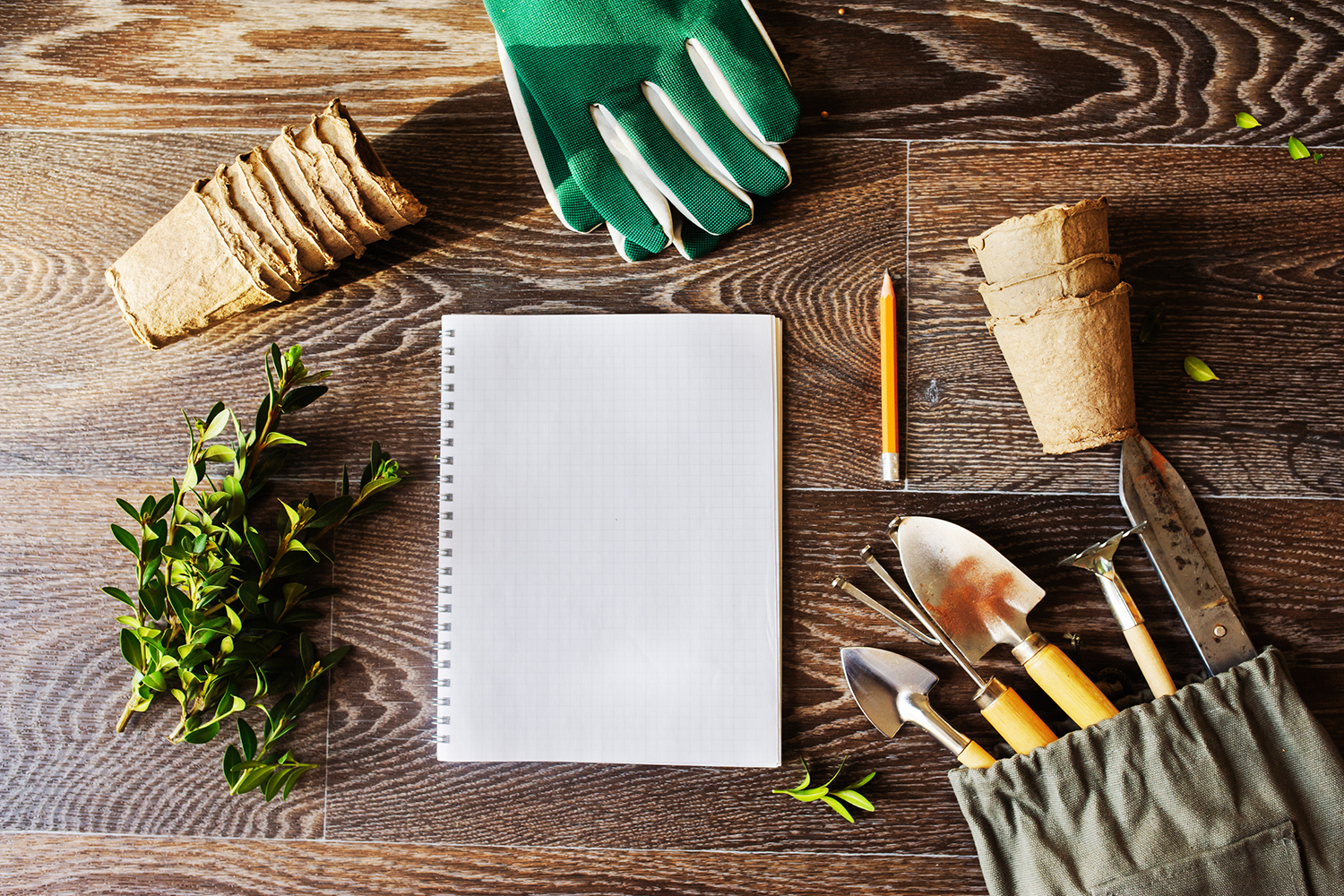What are the Lifespans of Plants?
- Some herbs need to be planted anew each year.
- Afew live on a specific two-year cycle.
- Others will outlive you.
All of this depends on your zone and freezing temps.
| Type | Lifespan | Examples |
|---|---|---|
| Annuals | Dies after frost or setting seed. Replant or let self-seed. |
|
| Perennials | Returns each year. |
|
| Biennials | Produces only herbaceous growth the first year, flowers and fruit/seed the second year, then dies. |
|
| Tender Perennials | Survives winter only in warm climates, otherwise treated as an annual or brought indoors in cold climates. |
|
| Short-Lived Perennials | Dies off easily or within about 3 years. |
|
Some Medicinal Plants Take Longer to Mature
Most of the plants discussed in Grow Your Own Herbal Remedies by Maria Noël Groves can be harvested the same season you plant them, but a few take longer to get established. This might be a deciding factor for whether or not you want to grow a particular plant, especially if you want to make medicine pronto or don’t anticipate being in the same place for very long.
In some cases—like wild cherry bark and birch—you can usually find established wild trees to prune instead.
Generally speaking, while you could harvest the roots of most perennial plants within the first year or two of planting, some take longer to “ripen.”
It can take several years for shrubs and trees to begin producing flowers and berries. This will depend on the age of the plant you planted as well as the species and growing conditions. (Pay more for an older tree, and it may produce more quickly than a spindly bare root sapling.)
Most will grow faster and produce more flowers and fruit with full sun, good soil, and regular moisture.
Here are a few examples of popular medicinal herbs that take more time to mature.
| Type | Timespan | Examples |
|---|---|---|
| Garlic | Planted in fall, harvest the following summer. | |
| Biennial Roots | Fall of first year or spring of second (before it flowers). |
|
| Most Perennial Roots | 2 to 3+ years (but if you’re weeding babies out, use ’em). |
|
| Echinacea Roots | 3 to 4 years. | |
| Black Cohosh Roots | 3+ years. | |
| Mimosa Bark/Flower | 2+ years. | |
| Roses/Hips | 3 to 5 years | |
| Elderflowers/Berries | 3 to 5 years. | |
| Hawthorn Flowers/Berries | 3 to 10 years. | |
| Linden Flowers | 5 to 10 years | |
| Most Bark | 2 to 5 years (or as soon as they’re big enough to prune). |
|




